

2019-01-25 13:34:00 Fri ET
trust perseverance resilience empathy compassion passion purpose vision mission life metaphors seamless integration critical success factors personal finance entrepreneur inspiration grit
Netflix raises its prices by 13% to 18% for U.S. subscribers. The immediate stock market price soars 6.5% as a result of this upward price adjustment. The baseline subscription now costs $9 (up from $8) per month. The most popular HD standard plan costs $13 (up from $11); and the 4K premium plan costs $16 (up from $14). These price increases take effect for new subscribers and will apply to the current Netflix subscribers in the next quarter. There are good economic reasons for these retail price increases. First, the U.S. aggregate demand for Netflix video streams is inelastic in the sense that price increases can compensate for any potential loss of current subscribers. Due to the low price elasticity of demand for Netflix original content, the same video streams are likely to boost sales and profits with minimal negative impact on the current scale of the Netflix subscriber network.
Second, Netflix requires greater cash inflows to strengthen its financial resilience. Meanwhile, Netflix borrows funds to close the cash-flow gap between regular cash outlays and revenue intakes. The recent price increases can therefore help reverse this financial situation. Historical experiences further support the business case for higher prices in light of the Netflix cash burnout dilemma. Overall, the recent Netflix price increases make much economic sense.
If any of our AYA Analytica financial health memos (FHM), blog posts, ebooks, newsletters, and notifications etc, or any other form of online content curation, involves potential copyright concerns, please feel free to contact us at service@ayafintech.network so that we can remove relevant content in response to any such request within a reasonable time frame.
2018-05-25 07:30:00 Friday ET

President Trump introduces $50 billion tariffs on Chinese products and new limits on Chinese high-tech investments in America. This new round of tariffs
2018-07-09 09:39:00 Monday ET
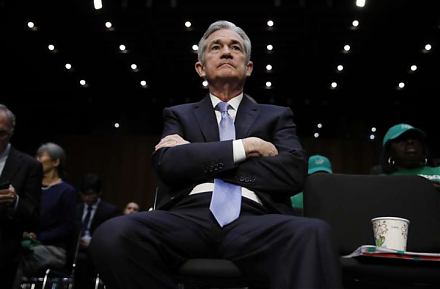
The Federal Reserve raises the interest rate again in mid-2018 in response to 2% inflation and wage growth. The current neutral interest rate hike neither b
2017-11-03 06:41:00 Friday ET
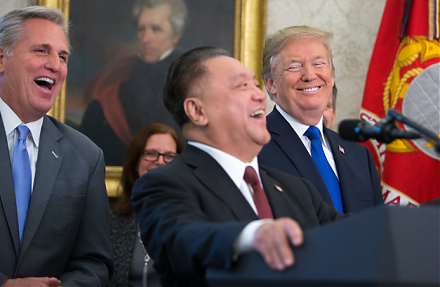
Broadcom, a one-time division of Hewlett-Packard and now a semiconductor maker whose chips help power iPhone X, has announced its strategic plans to move it
2019-06-03 11:31:00 Monday ET
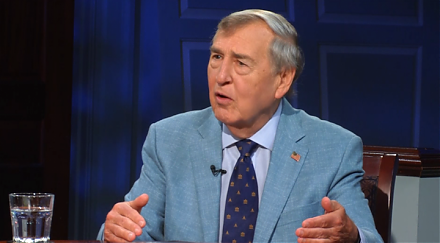
The Sino-U.S. trade war may be the Thucydides trap or a clash of Caucasian and non-Caucasian civilizations. The proverbial Thucydides trap refers to the his
2018-04-23 07:43:00 Monday ET
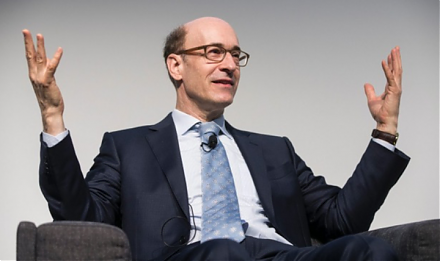
Harvard professor and former IMF chief economist Kenneth Rogoff advocates that artificial intelligence helps augment human productivity growth in the next d
2019-03-29 12:28:00 Friday ET
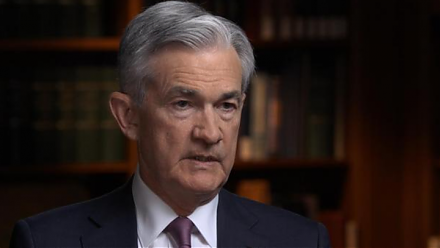
Federal Reserve Chair Jerome Powell answers CBS News 60 Minutes questions about the recent U.S. economic outlook and interest rate cycle. Powell views the c